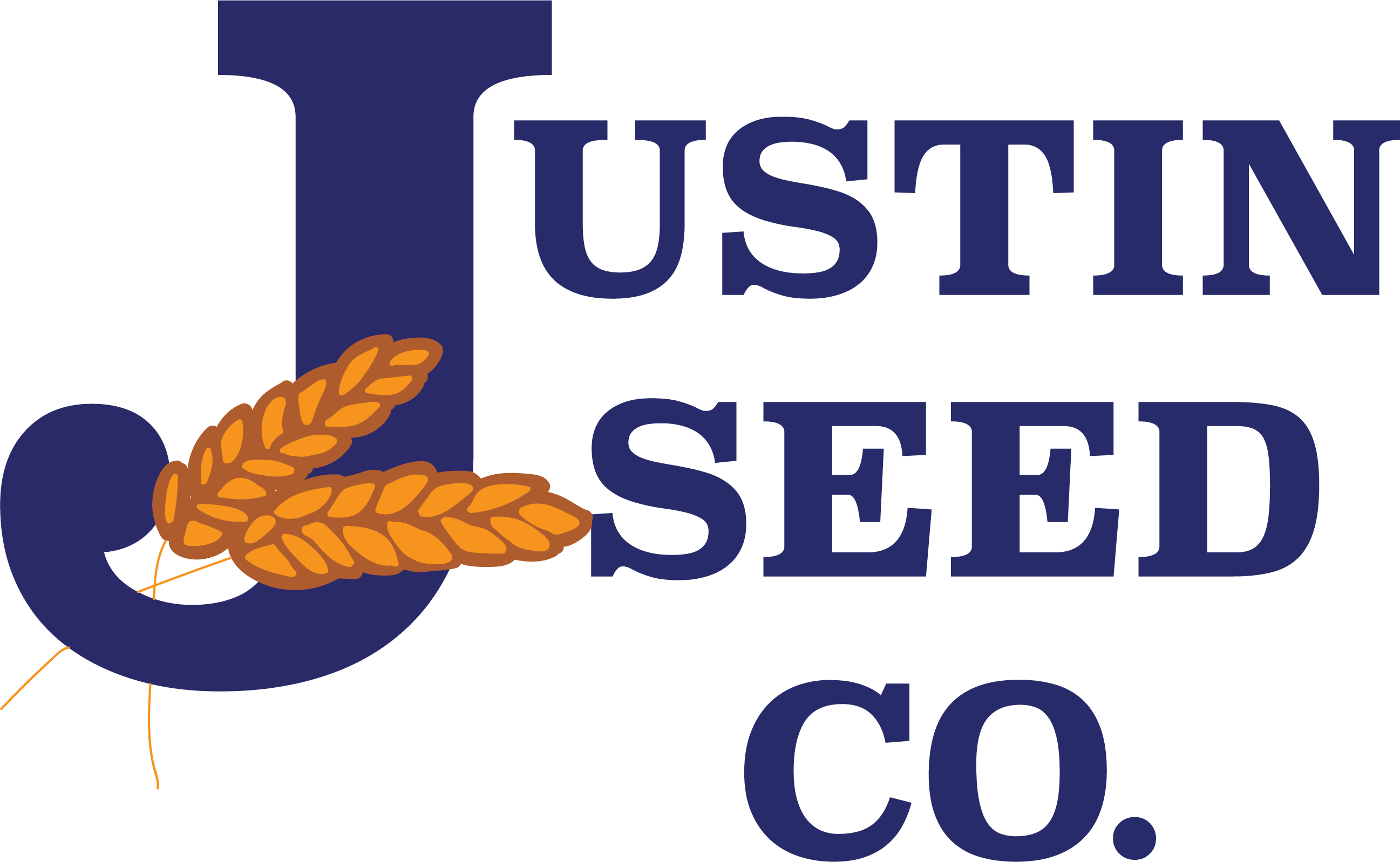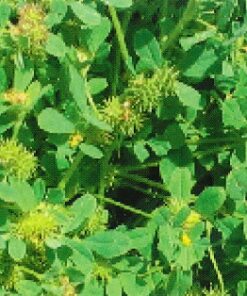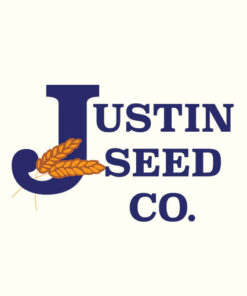Cowpea, Red Ripper
Good for legume cover and wildlife. and soil improvement, needs warm soil. Seed are maroon in color and hard-seeded.
Good for legume cover and wildlife. and soil improvement, needs warm soil. Seed are maroon in color and hard-seeded.
| Planting Time | Planting Rate Acre |
| Late Spring | 15-25 lb. rows. 40-60 Broadcast |
| Weight | 1 lbs |
|---|
Be the first to review “Cowpea, Red Ripper” Cancel reply
You must be logged in to post a review.
Related products
Selection of naturalized little burr medic developed by Dr. William R. Ocumpaugh of the TAES-Beeville and released by Texas Agricultural Experiment Station.
Good legume for cover and garden. Needs warm soil to plant.
An upright, cool-season, annual legume native to the Mediterranean region that grows to a height of 30 inches under good conditions. Seeds germinate in the fall, but grow slowly during the winter.
Food crop in ancient Egypt and is cultivated today. In the United States it is used for wildlife habitat improvement, particularly as a winter food source for deer and wild turkeys, but is also planted for hogs and waterfowl.
Cool-season annual vine that is smooth and has a bluish-green waxy appearance. Vines can be up to 9 ft. long, however modern cultivars have shorter vines, about 2 ft. long.
Red winter beardless wheat that is adaptive across the south to be used as a forage wheat. Beardless wheat has little to no awns which allows continued grazing when the seed is setting in late spring.
Warm season annual legume from the tropics of the old world. It can grow l To 2 feet tall. It has unifoliolate leaves and pink flowers.
Good legume for cover and garden. needs warm soil for planting.











Reviews
There are no reviews yet.